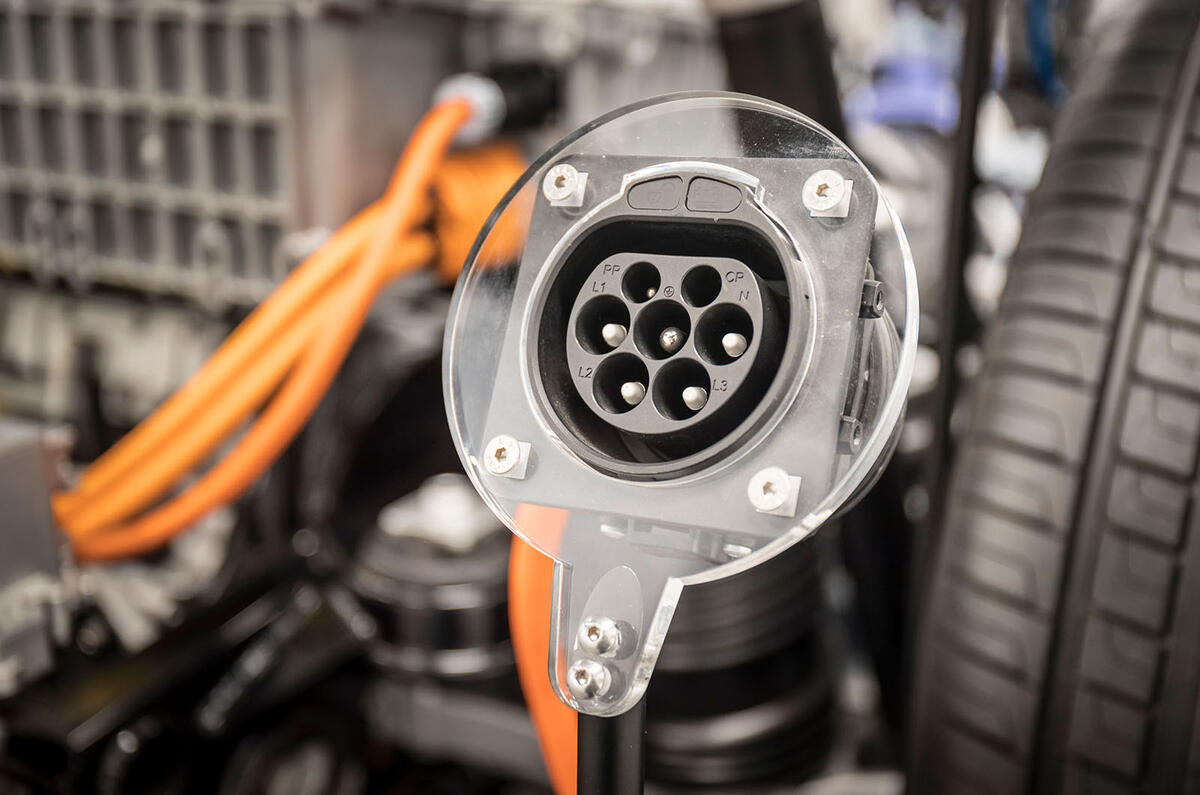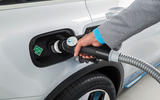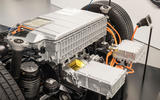Hydrogen fuel cell cars are becoming a popular option for car makers seeking to overcome the restrictions from the limited range and long charging times of battery-based electric vehicles.
However, despite increasing efforts in the development of a global fuelling infrastructure, hydrogen fuel cell vehicles' complex nature and high production costs mean they remain a rare sight on our roads.
That hasn’t deterred a growing number of manufacturers from pouring vast amounts of money into the development of fuel cell technology, which can provide a car with the sort of range consummate to conventional petrol engine models while emitting nothing but water in the form of steam. This new Mercedes-Benz GLC F-Cell is the latest hydrogen-fuelled road car set to make production.
What is the Mercedes-Benz GLC F-Cell?
The advanced new SUV, based on the regular Mercedes-Benz GLC, is the result of a development project started by Mercedes in 1994. Available on a customer lease scheme in selected countries, it follows the B-Class F-Cell, of which some 200 examples were built.
Mercedes claims the GLC F-Cell takes hydrogen fuel cell cars to a whole new level, leapfrogging the likes of the Toyota Mirai. The GLC F-Cell’s secret weapon is a fuel cell stack that is lighter and more compact than the unit in its predecessor, while offering 40% more power and using 90% less platinum.
The unit sits on the same engine mounts as more conventional petrol and diesel units in the new Mercedes SUV. It produces electricity from a mix of hydrogen and oxygen that is sent to a battery to power an electric motor mounted within the rear axle, which in turn drives the rear wheels.
From the outside, the only signs of the car’s advanced powertrain technology are some blue highlights within the grille and sills, together with bespoke wheels and F-Cell badges at the rear.
Along with its newly developed fuel cell stack, the GLC F-Cell accommodates two carbonfibre hydrogen tanks – one within the centre tunnel and the other underneath the rear seat, each pressurised to 700 bar. This permits a refuelling time of less than three minutes, similar to petrol and diesel cars. With 4.4kg of hydrogen on board, Mercedes claims a range of up to 272 miles.
Hyundai Nexo hydrogen fuel call car launched
In a clever set-up mirroring that of the Mercedes-Benz GLC 350e plug-in hybrid, Mercedes has combined the fuel cell stack with a 13.8kW/h lithium-ion battery mounted within the floor of the luggage compartment. This enabled the GLC F-Cell to be plugged into mains power via a socket mounted within the rear bumper to increase its range by a claimed 30 miles, giving it a potential range of more than 300 miles in total.








































Join the debate
Add your comment
Mercedes lagging behind JLR yet again
While everyone else is putting their time, effort and money in do developing viable and production EVs, inclduing infrastructure, Mercedes continues to persist with the wrong technology. But then this is Mercedes all over and shows ye again their lack of engineering and technical prowess and a lack of foresight. When Jaguar, Land Rover and Lexus are leading the way in EVs and hybrids in the premiun sector, Mercedes again lags behind them both.
They aren't lagging at all
It's no use rushing millions of appliances onto the roads if there's nowhere to plug the damn things in, or grid capacity to charge the damn things up.
Sounds like the battery is holding it back
All that extra weight for 30 miles tops. Might as well add another Hydrogen tank.
maybe
I think they want to go the plug-in route as people can identify with that. That and pure hydrogen cars have have failed to take off on their own stream so to speak
Refuelling time
A genuine question, but how often do you drive 300 miles and then need to do another 300 miles straight away? My partners family insist on being able to drive from Switzerland to London in the minimal amount of time possible, but this is doable today taking 60-90 minutes longer than with a petrol/diesel car in a Tesla.
If you're a sales rep doing huge amounts of mileage a year I don't see this, as in the cities there are now hundreds of charging points everywhere and the customers of said rep will surely start to be installing their own charge points for their own staff. Given the value of electricity will be about the same as a couple of nespressos and biscuits I can't see the price being an issue.
Not only that
I average 50 mph so to do 300 miles would take 6 hours, I need more than 5 minutes refresh time before raking up another 6 hours in a car.
If I needed to drive 12 hours with just a 5 minute break for fuel I'd take the plane